

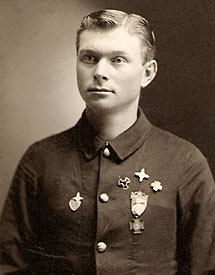
During the Spanish American War, as during the Civil War a generation before, the U.S. Army was subdivided into Army Corps. Any large movement of the army was usually done "by Corps." For instance, the force sent to Cuba was the Fifth Corps. The force sent to the Philippines was designated as the Eight Corps. All regiments in the federal service were either placed into an army corps or into a military department, such as the Department of the Gulf, etc.
The army originally considered reusing the same corps badges as were used during the Civil War. However, after an outcry from Civil War veterans who considered those designs to be unique, a new set of corps badges was created. General Miles, via General Orders #99, in July 15, 1898, issued orders describing the various badges. The badges show up in photos, publications, and uniforms of the time period, but often they are not recognized. Since these badges can be critical in helping to identify the men and equipment from the war, we are including a table, below, with images of each of the corps badges.
The color of the corps badge had additional meaning. An army corps was subdivided into three "divisions." The color of the badge was used to designate a division - the first division was designated as red, the second division was designated as white, and the third division designated as blue. A badge meant to symbolize the entire corps had all three colors.
The Corps Badges:
Below are the corps badges. As indicated, a single color indicates a
specific division within the corps, whereas all three colors - red,
white and blue - indicates the entire corps. Under each image is the
description from the general orders creating the insignia. As will be
noted, we do not have pictorial examples of all of the corps badges (and
they may not have been produced for all of the corps since only the 1st
through 8th Corps actually existed in the field, in addition to the
Cavalry, Artillery and Medical Corps, and the Corps of Engineers). We
want to replace all of the drawings with photos. If you have one of the
corps badges not presently shown in picture form, please consider
submitting an image of it for inclusion by clicking
here. Where we have specific data on the provenance of the badges,
the data is below the table.
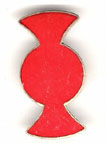 |
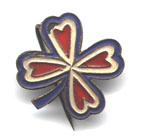 |
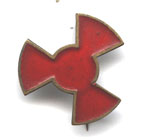 |
|
(1st Division) "a circle over a letter I of special design" |
"a four-leaf clover" |
(1st Division) "a three-tooth clutch" |
 |
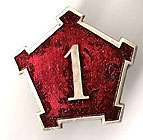 |
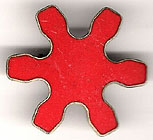 |
|
(2nd Division) "a caltrop" |
(1st Division) "a fire-bastion hook" |
(1st Division) "a six-tooth sprocket" |
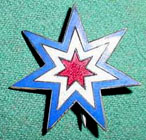 |
 |
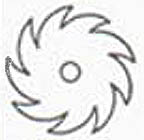 |
|
"a seven-pointed star" |
"two circles overlapping each other, resembling a figure 8" |
"a buzz saw with nine teeth" |
 |
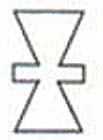 |
 |
|
"two triangles, point to point, resembling the letter X" |
"the badge of the 10th Corps, with a horizontal bar through the centre, representing XI" |
"a square with a clover leaf at each corner, thereby showing twelve small circles" |
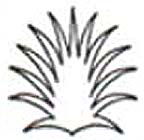 |
 |
|
|
"a plam leaf with thirteen spikes" |
"a square with one half circle on each side" |
"an anchor" |
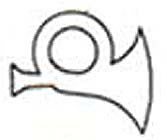 |
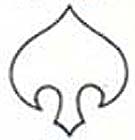 |
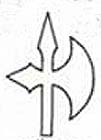 |
|
"a bugle" |
"a spearhead" |
"a battle-ax" |
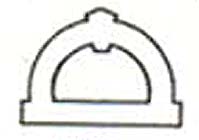 |
|
|
|
"an arch" |
"a broom" |
(not addressed in General Orders) |
 |
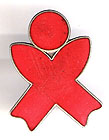 |
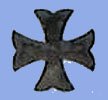 |
|
(3rd Division) "A winged horse foot" |
(1st Division) "Crossed conical projectiles, with a round shot above centre" |
(not addressed in General Orders) |
Notes on the Corps Badges above:
The badges of the 2nd, 3rd and 4th Corps belonged to Arnold Mueller of the 4th Wisconsin Volunter Infantry, Co. D.
Bock, Judy - Image and Information on P. Duessler.
Boser, Kenneth - Image of 8th Corps badge
Jacobsen Jr., Jacques Noel - Images of the 1st, 5th, 6th Corps and artillery corps badges, and copy of orders.
Roman, Cynthia Ann (Mueller) - Images of the 2nd, 3rd and 4th Corps badges belonging to Arnold Mueller.
"Symbols for the Army," New Oxford Item. (New Oxford, Pennsylvania) September 9, 1898, 3